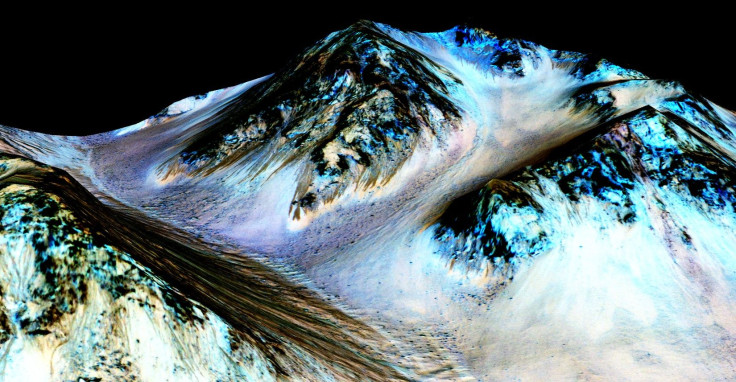Pebbles Recovered From Mars Suggest That It Once Had Rivers

The shape of some pebbles recovered from the surface of Mars suggests that they might have rolled down the rivers. The researchers say that the study findings indicate that Martian waterways were stable.
Earlier, NASA's Mars rover Curiosity reported of the existence of small, round and smooth pebbles near its landing site in Gale Crater. At the time of the discovery of the rocks, the researchers suggested that the pebbles resembled those on Earth and had become round as they slide and roll down the riverbed.
Penn researcher Douglas Jerolmack and his collaborator from the Budapest University of Technology and Economics, Gábor Domokos, decided to quantitatively estimate the distance traveled by the pebbles down the riverbed. The estimation was based on the shape of the rocks.
In their study published in the journal Nature Communications, the researchers estimate that the Martian pebbles had travelled 30 miles down the riverbed from the source of origin. The researchers claim that their study findings provide evidence that Mars once had conditions to support life, in addition to an extensive river system.
"An object’s shape can itself tell you a lot," said Domokos, in a press release. "If you go to the beach, natural history is written underneath your feet. We started to understand that there is a code that you can read to begin to understand that history."
During the study, the researchers analyzed the fan-shaped deposit of sediment at the mouth of a canyon in New Mexico. The team selected this particular location since it closely resembles the areas from where the Martian pebbles were first recovered from. The shape of the rocks collected from the canyon area helped researchers estimated how far the pebbles would have traveled on Mars.
"Our findings can be utilized to look at windblown sediments on Mars, Earth and other planetary bodies where windblown sediments are found," said Domokos, in a statement.
© Copyright IBTimes 2024. All rights reserved.











